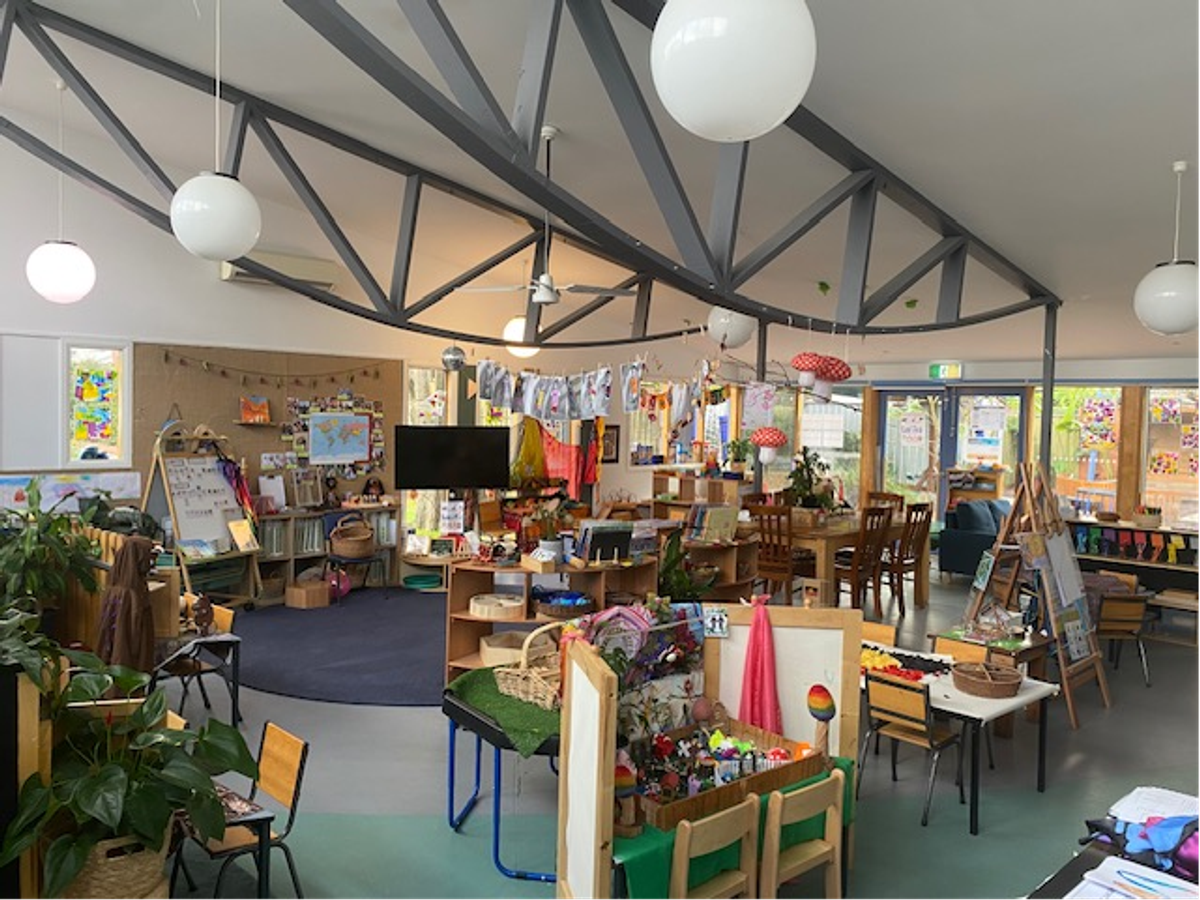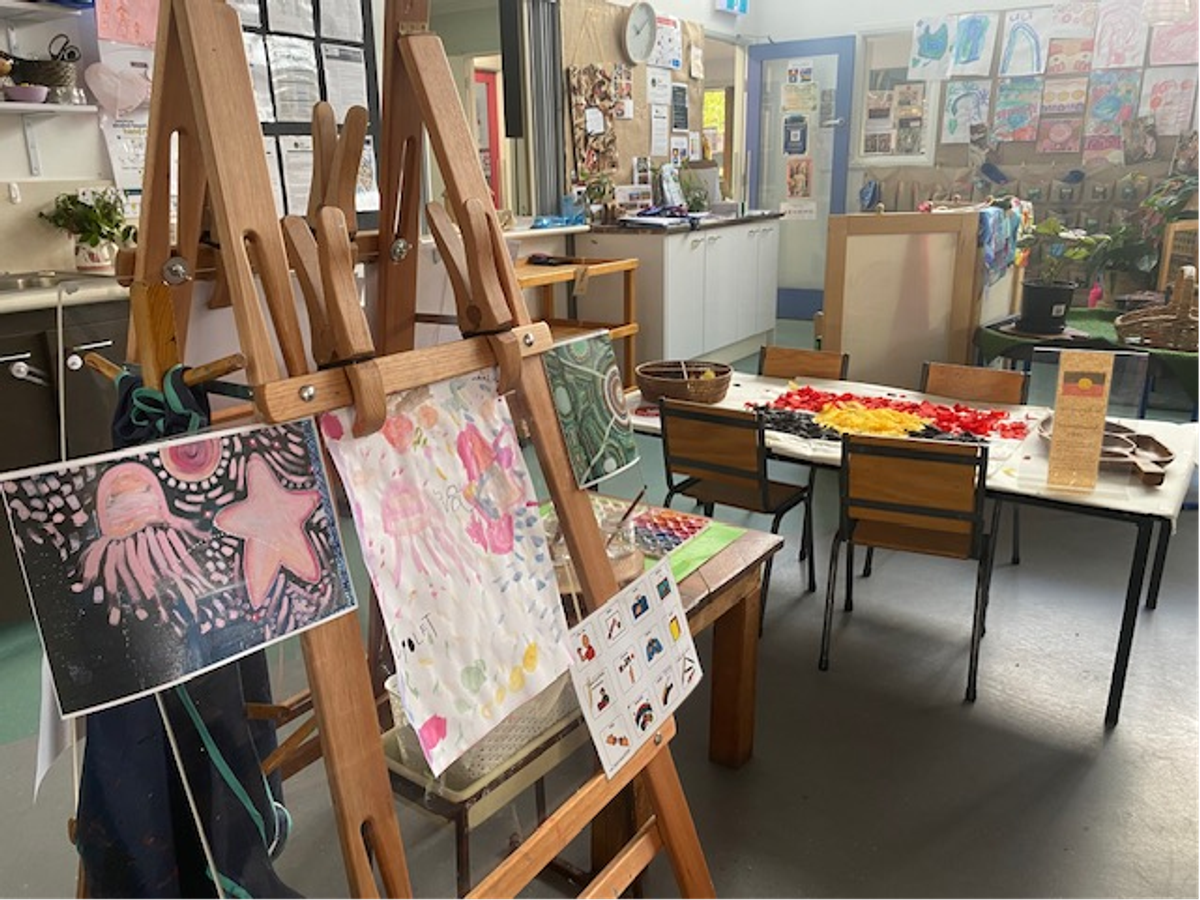Glen Education Serrell Street

The Importance of Learning Environments, and the Role They Play in Providing Rich Learning Opportunities
By Lyndal McVie, Early Childhood Teacher
The learning environment at Glen Serrell Street Kindergarten is a space that the children feel connected too when they arrive each day. A space that they know that this is THEIR learning space. We want to provide a sense of agency so children can make decisions and choices about what they are learning about as an individual, as a group, and about the resources needed. Children are actively part of the setting up and packing away too.
We come together regularly at our meetings with the children to discuss what they would like to have in the classroom, we talk about what items we would need to create that space and encourage children, when possible, to be part of the setting up. Collaborating with the children to be a part of the whole process has shown noticeable changes in how they actively engage at experiences, looking after the resources and most importantly the sense of belonging building strong connections and relationships with peers and educators that they can learn.
As our own teaching strategies evolve we see things through the eyes of the child.
We know that when children are engaged and feel heard there is a quiet buzz that happens. As you look around the classroom seeing small hands working, voices talking, gestures and visuals being used to communicate, imaginations developing, it reminds us of why we are passionate about teaching in the early years and we look forward to the following day as each day brings joy, creativity and a stronger sense of belonging.
We provide children with multiple learning areas that allow children to play with another child or in a small group. Baskets with resources are kept on shelves in the classroom for children to use in their play. Children are encouraged to ask educators for additional items they may need and help find them.
Our easel is set up with pictures from books we are reading as a provocation. There are visual communication aids (Assistive Language Displays) to support children’s communication no matter their communication abilities to ensure everyone can express their needs, wants, thoughts and ideas with peers and educators.


